The most heartwarming country house sales of 2020 — including the owner who got his beloved home back, 20 years after letting it go
Despite everything 2020 has thrown at us, the prime housing market has proved that it is as resilient as ever, says Penny Churchill.
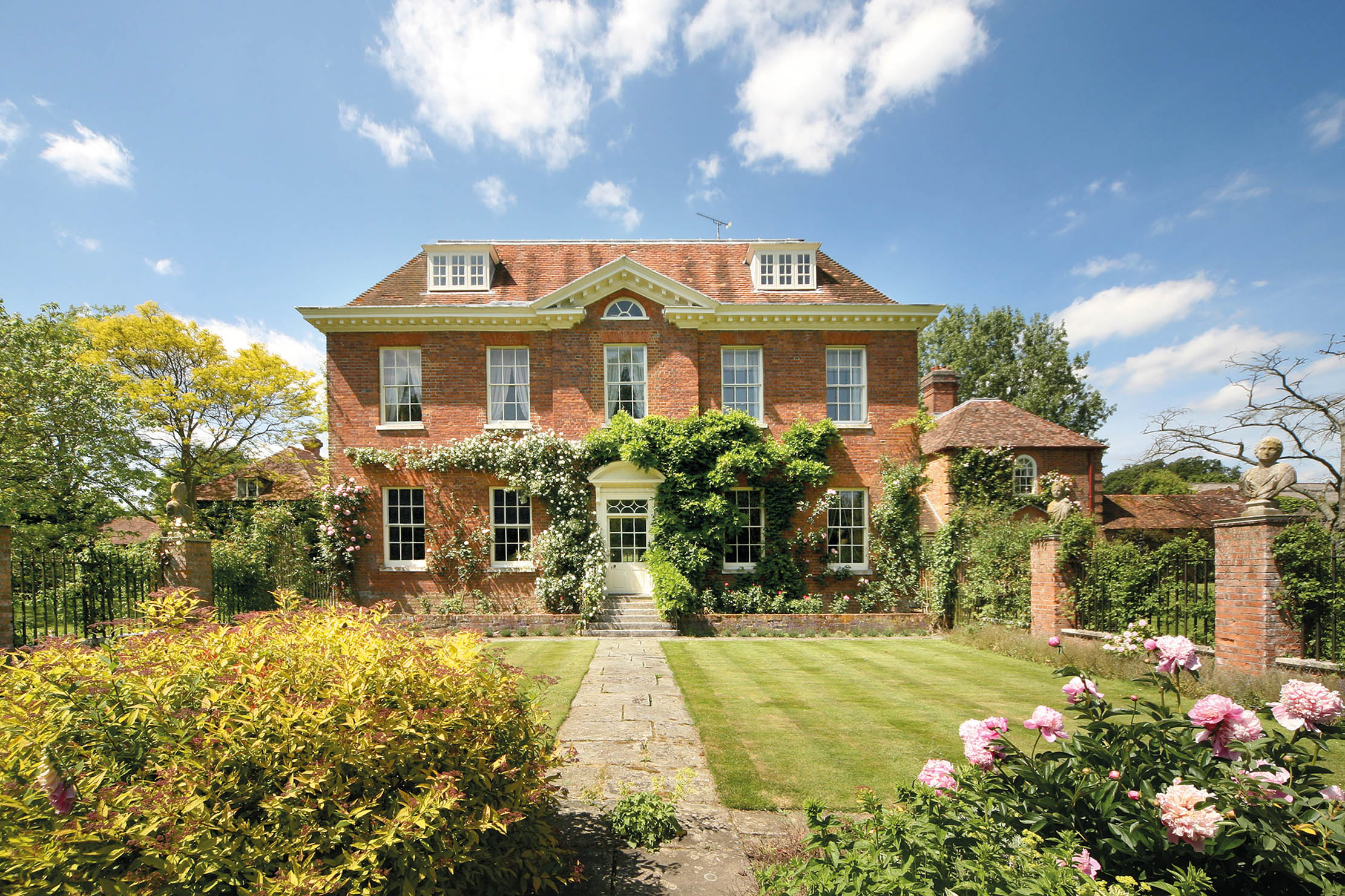

Rupert Sweeting of Knight Frank sums up an extraordinary year in the country-house market in a few well-chosen words: ‘Following the Conservative victory in the 2019 General Election, the market was flying in the first couple of months of 2020.
‘Then came the pandemic and the first national lockdown and, by the end of April, we were all thinking “this is not looking good”. However, the lifting of restrictions in June saw the market take off and we’ve been going full tilt ever since.’
It’s been 12 years since the financial crash that saw prices stall and supply contract at the upper end of the country-house market, with property pundits predicting the death knell of the English country house. Yet a trawl through the list of high-value country houses and estates sold in 2020 reveals a striking proportion of trophy properties purchased by high-flying international buyers from across the globe. In a world riddled with uncertainty, it appears that high-net-worth buyers believe that investing in the English countryside is still a safe way to go.
The sheer beauty of the landscape, allied to a successful commercial farming enterprise, proved irresistible to the European family who bought the scenic, 1,408-acre Ogbourne Down estate near Marlborough, Wiltshire, in September, following its launch onto the market in July at a guide price of £15 million through Knight Frank.
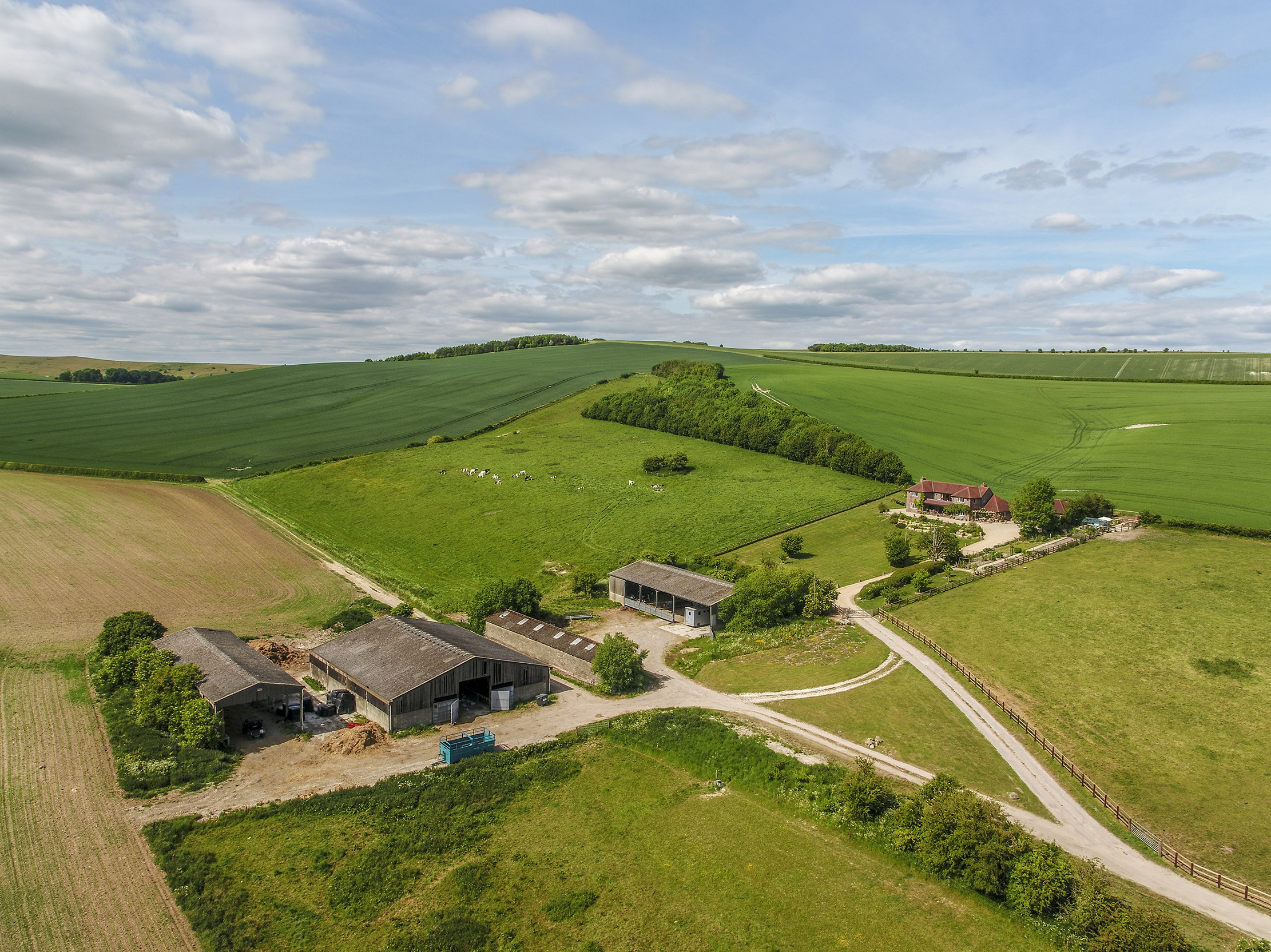
Despite having no grand historic house at its heart, the location of the rolling downland estate within the historic North Wessex Downs AONB made the purchase a ‘no-brainer’ for a country-loving family determined to own and enjoy their own substantial slice of rural England.
In Hampshire, where, in 2019, a surprising lack of top-notch houses meant that most open-market activity was confined to the middle-range £2m–£5m price bracket, Knight Frank recorded the quick-fire sale of some of the county’s most enviable country houses. In addition to Meonstoke House, launched in June and sold in August at a guide price of £9m, the enchanting, Grade II*-listed North Hall at Preston Candover (pictured at the top of the page), nine miles from Basingstoke, was sold in July to an international buyer based in London, following its launch onto the market at a guide price of £6.5m in May.
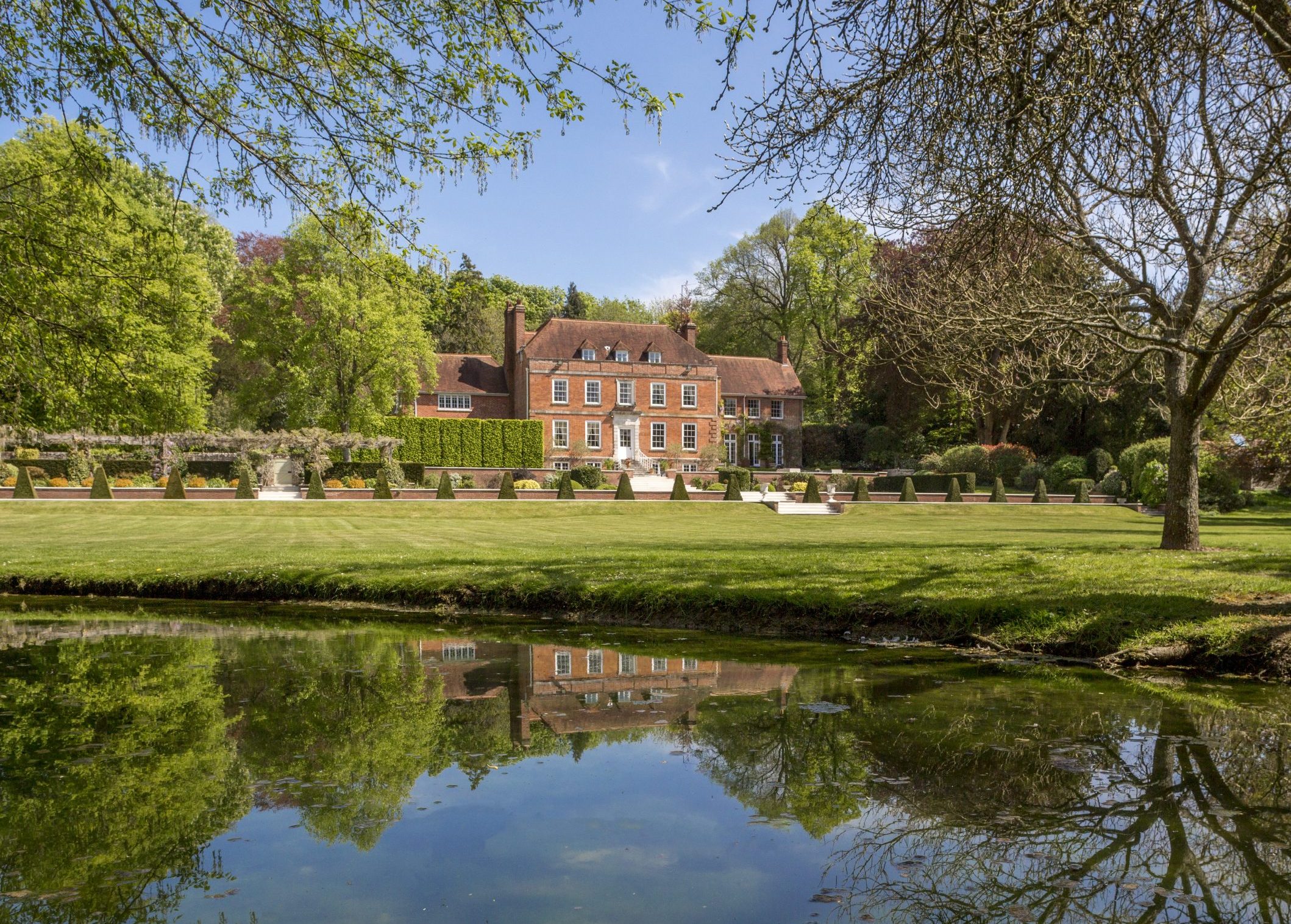
Crispin Holborow of Savills loves it when a plan comes together, as it did on many occasions in 2020. One of the most successful estate sales of the year was that of the elegant, 235-acre Ashe Park estate near Steventon in affluent north Hampshire, a village best-known as the birthplace of Jane Austen, who was a regular visitor to Ashe Park in the 1790s.
Sign up for the Country Life Newsletter
Exquisite houses, the beauty of Nature, and how to get the most from your life, straight to your inbox.
Launched on the open market in September at a guide price of ‘excess £18.5m’, the historic estate sold a month later for more than the guide price.
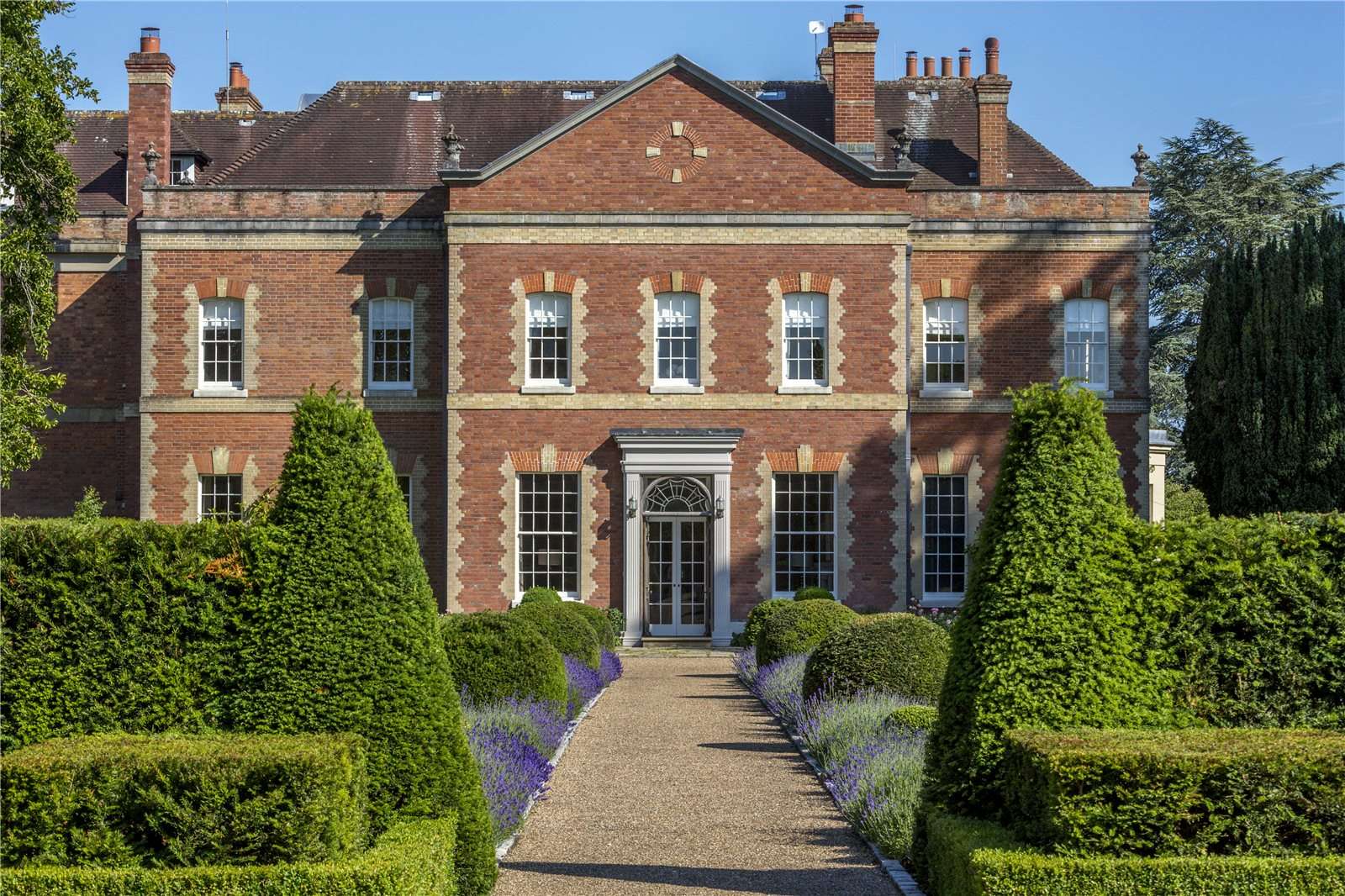
In the 18th and early 19th centuries Ashe Park was owned by the Portal family, who extended and remodelled the main house between 1862 and 1888. In the 1920s and early 1930s, its next owner, Col Sir John Humphery, spent a fortune on further improvements, and sold the estate six years later, when an advertisement in Country Life revealed it as having ‘1,663 acres of land, including a stretch of fishing on the Test, excellent shooting and a house with every modern convenience, in a secluded position in a well-timbered park’.
Overall, the 20th century was a rollercoaster ride for Ashe Park, which was rescued from semi-dereliction from the 1990s onwards, when successive owners undertook the inspirational renovation of the 13,000sq ft main house, established a state-of-the-art polo centre and reworked the gardens and grounds to take advantage of the ‘borrowed landscape’ of the North Wessex Downs.
Down in the West Country, James Mackenzie of Strutt & Parker could barely conceal his excitement as he announced the exchange and completion in late November — at a guide price of £7.95m — of east Devon’s grandest country mansion, the Grade I-listed, late-Georgian Mamhead House, set in 164 acres of gardens and parkland in the Haldon Hills north of Dawlish, which had been on his books, on and off, for the past six years.
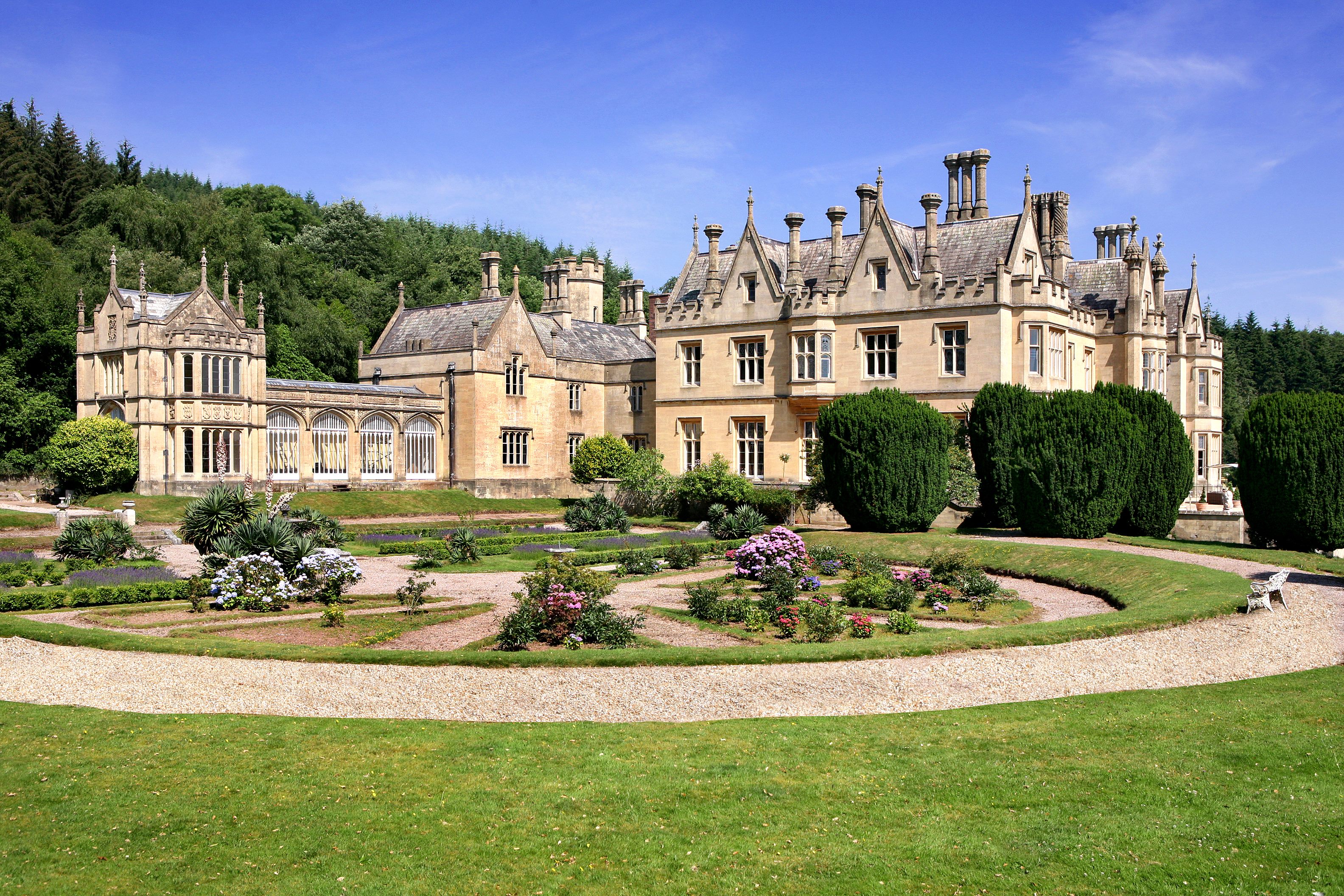
The vast, 37,437sq ft mansion was designed in 1828–33 by Anthony Salvin, a pupil of Nash and a fervent admirer of Pugin. His brief was to create a grand country house in the Tudor style with Classical influences, well situated to make the most of the spectacular coastal views, as well as being nestled securely within the surrounding woodland.
Beautifully maintained by its South African owner, who bought the Mamhead House estate with its Grade II*-listed castle in 2012, the house represented everything its delighted American buyer had been looking for in an English country home. For Mr Mackenzie, it was the icing on the cake at the end of an incredible trading year.
Yet perhaps the most heart-warming story of 2020 was the sale of Grade I-listed Groombridge Place, near Tunbridge Wells, Kent, which came to the market at a guide price of £8.5m in October 2020 and saw a sale agreed the day before it was advertised in Country Life.
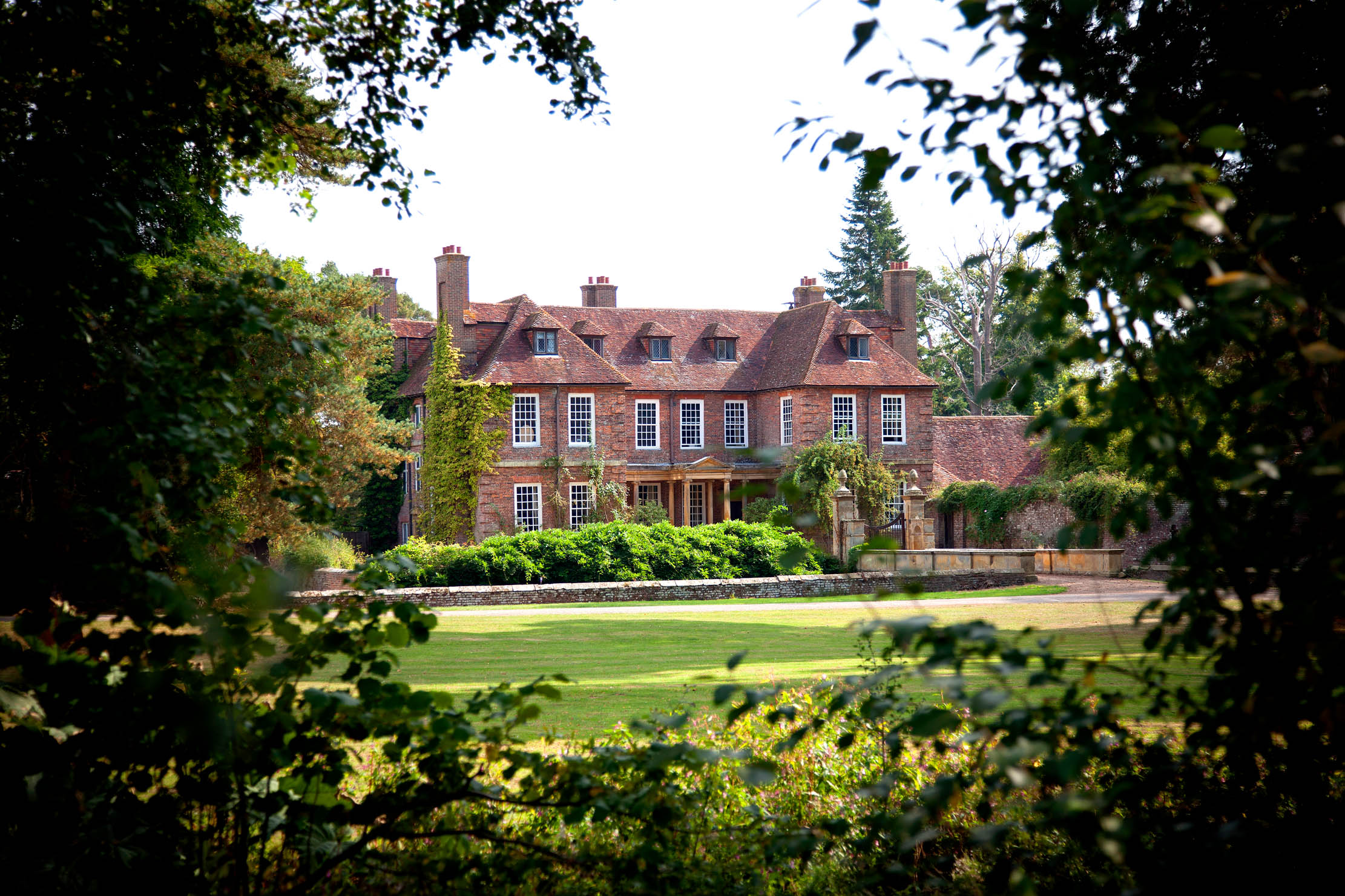
For Mark McAndrew of Strutt & Parker, it was the third time he had sold the historic moated building — with the same owner involved on each occasion.
The first was when he sold Groombridge Place to the owner some 20-odd years ago; the second was when he sold the house on behalf of the owner, who was moving abroad; and the third time was when he sold Groombridge Place back to the same owner, who was thrilled to get his much-loved house back for good.

Credit: Strutt and Parker
Best country houses for sale this week
An irresistible West Country cottage and a magnificent Cumbrian country house make our pick of the finest country houses for
-
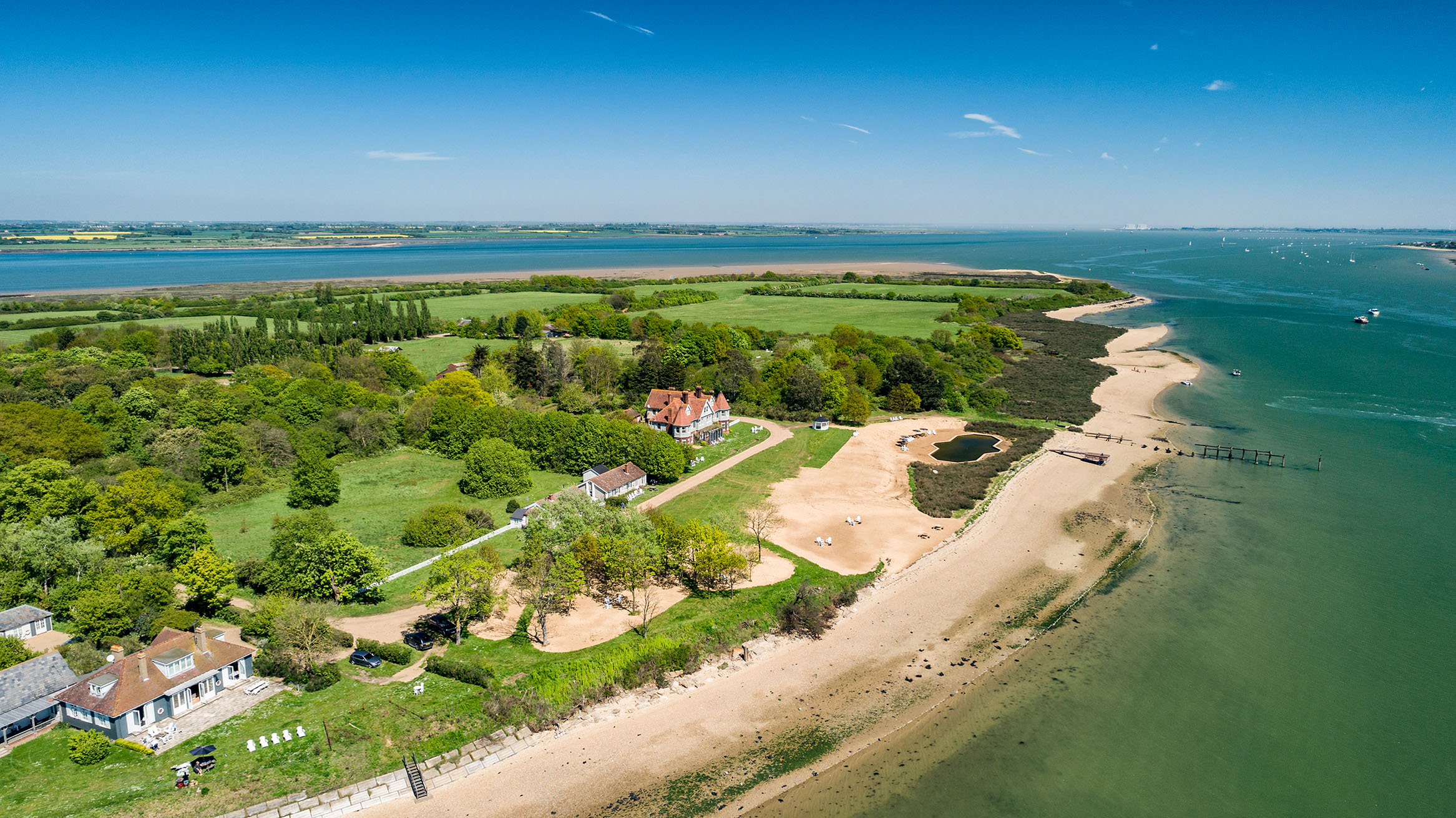 380 acres and 90 bedrooms on the £25m private island being sold by one of Britain's top music producers
380 acres and 90 bedrooms on the £25m private island being sold by one of Britain's top music producersStormzy, Rihanna and the Rolling Stones are just a part of the story at Osea Island, a dot on the map in the seas off Essex.
By Lotte Brundle Published
-
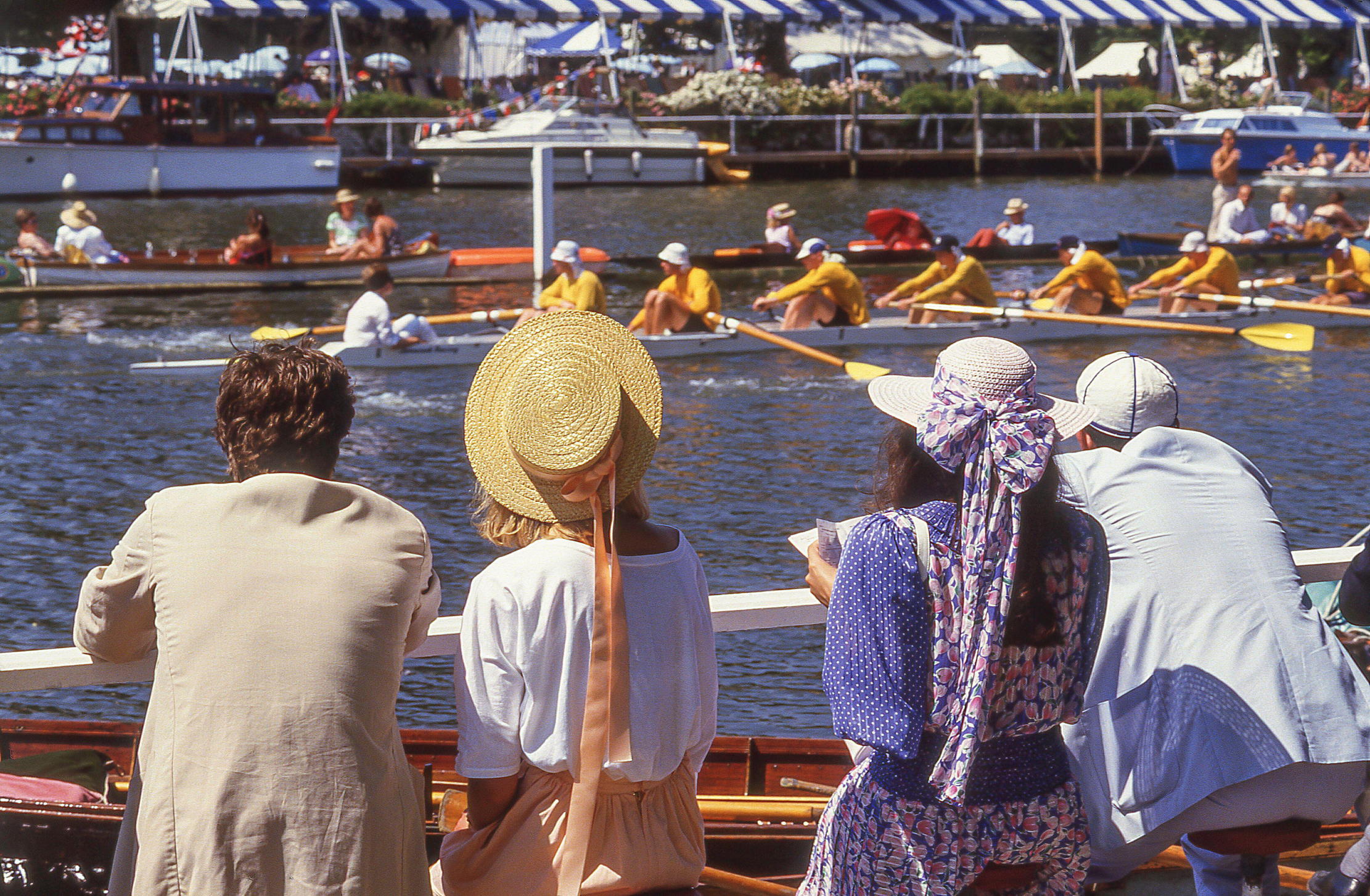 'A delicious chance to step back in time and bask in the best of Britain': An insider's guide to The Season
'A delicious chance to step back in time and bask in the best of Britain': An insider's guide to The SeasonHere's how to navigate this summer's top events in style, from those who know best.
By Madeleine Silver Published
-
 380 acres and 90 bedrooms on the £25m private island being sold by one of Britain's top music producers
380 acres and 90 bedrooms on the £25m private island being sold by one of Britain's top music producersStormzy, Rihanna and the Rolling Stones are just a part of the story at Osea Island, a dot on the map in the seas off Essex.
By Lotte Brundle Published
-
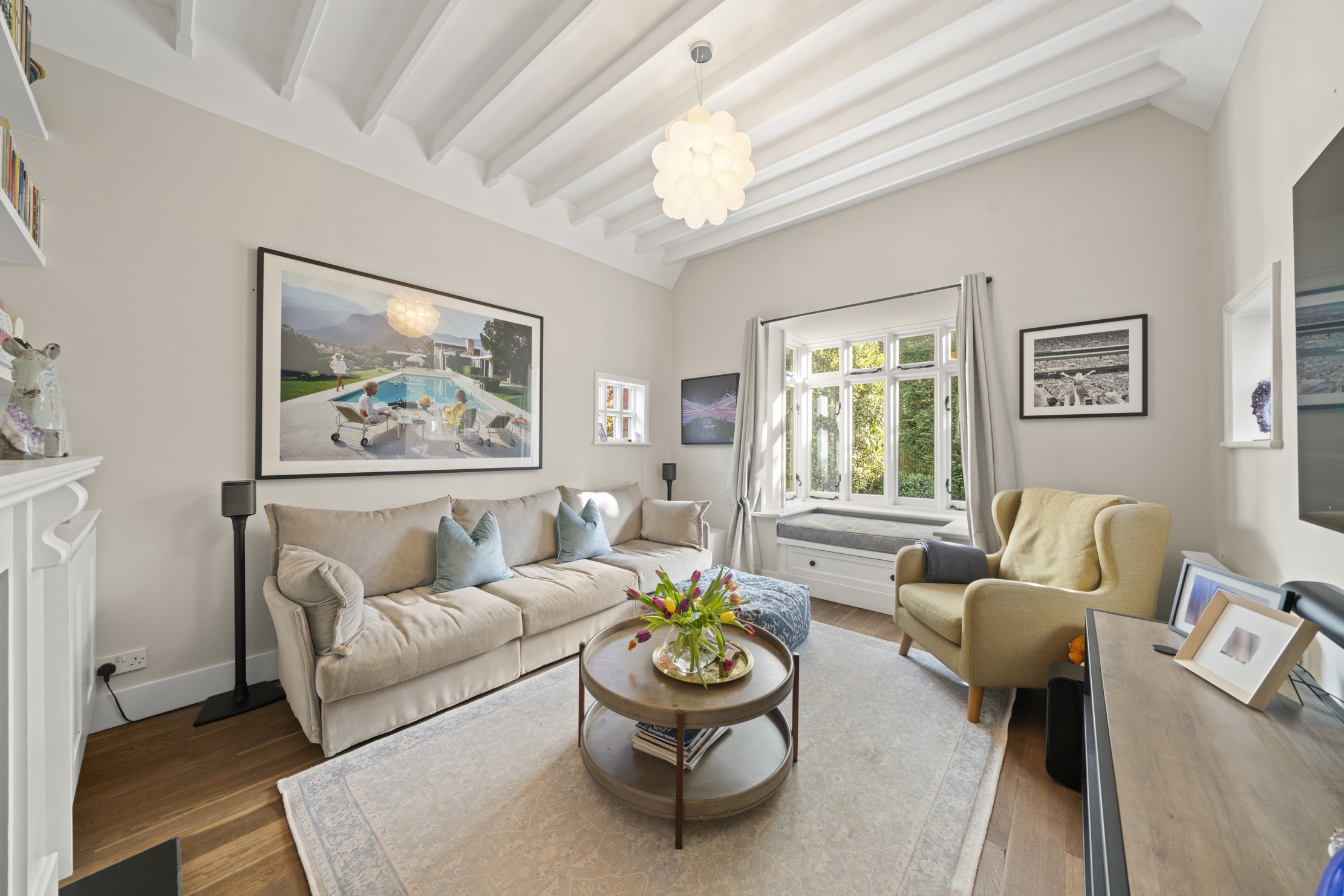 A home cinema, tasteful interiors and 65 acres of private parkland hidden in an unassuming lodge in Kent
A home cinema, tasteful interiors and 65 acres of private parkland hidden in an unassuming lodge in KentNorth Lodge near Tonbridge may seem relatively simple, but there is a lot more than what meets the eye.
By James Fisher Published
-
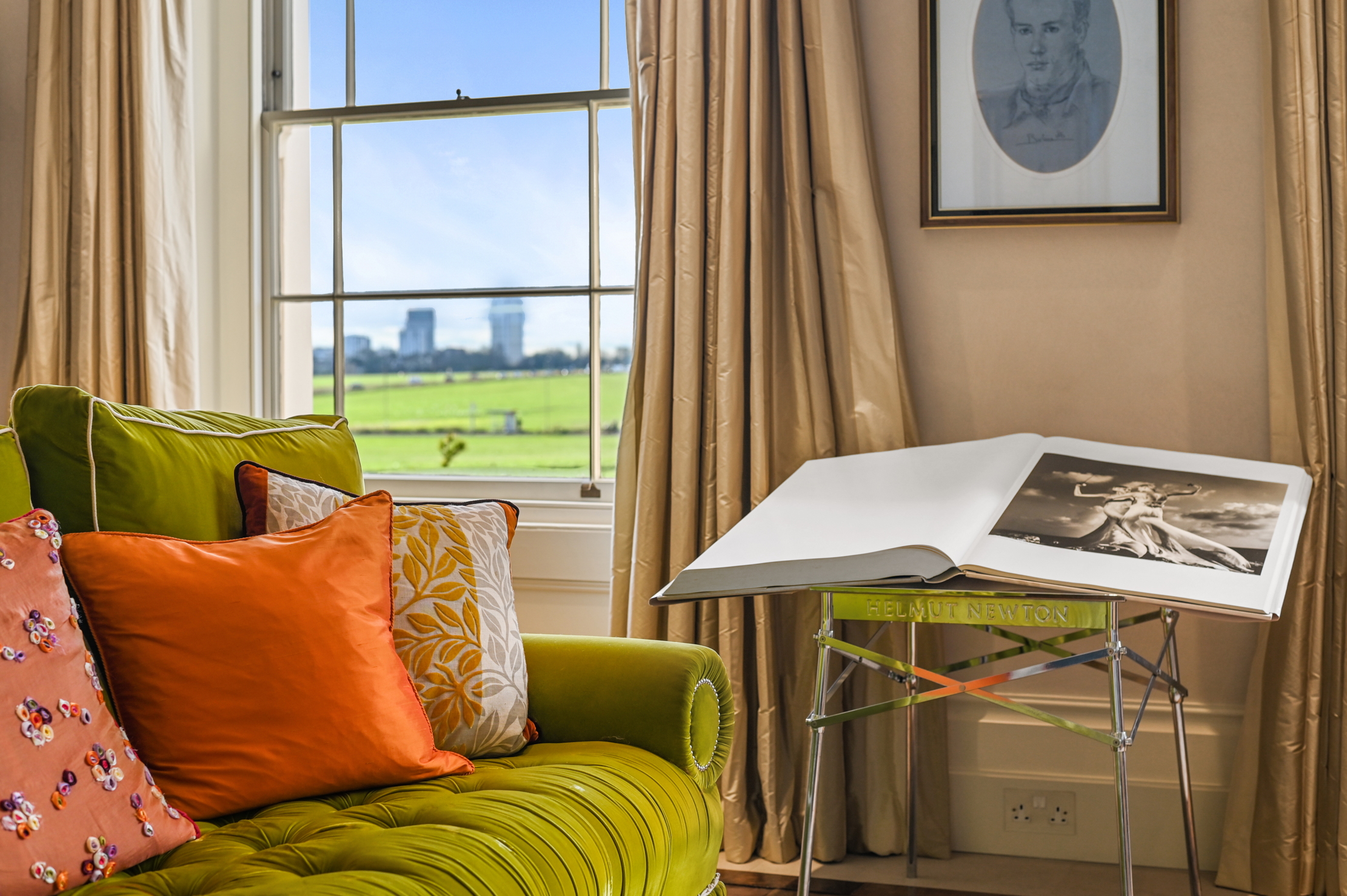 A rare opportunity to own a family home on Vanbrugh Terrace, one of London's finest streets
A rare opportunity to own a family home on Vanbrugh Terrace, one of London's finest streetsThis six-bedroom Victorian home sits right on the start line of the London Marathon, with easy access to Blackheath and Greenwich Park.
By James Fisher Published
-
 A tale of everyday life as lived on Britain's most expensive street
A tale of everyday life as lived on Britain's most expensive streetWinnington Road in Hampstead has an average house price of £11.9 million. But what's it really like? Lotte Brundle went to find out.
By Lotte Brundle Last updated
-
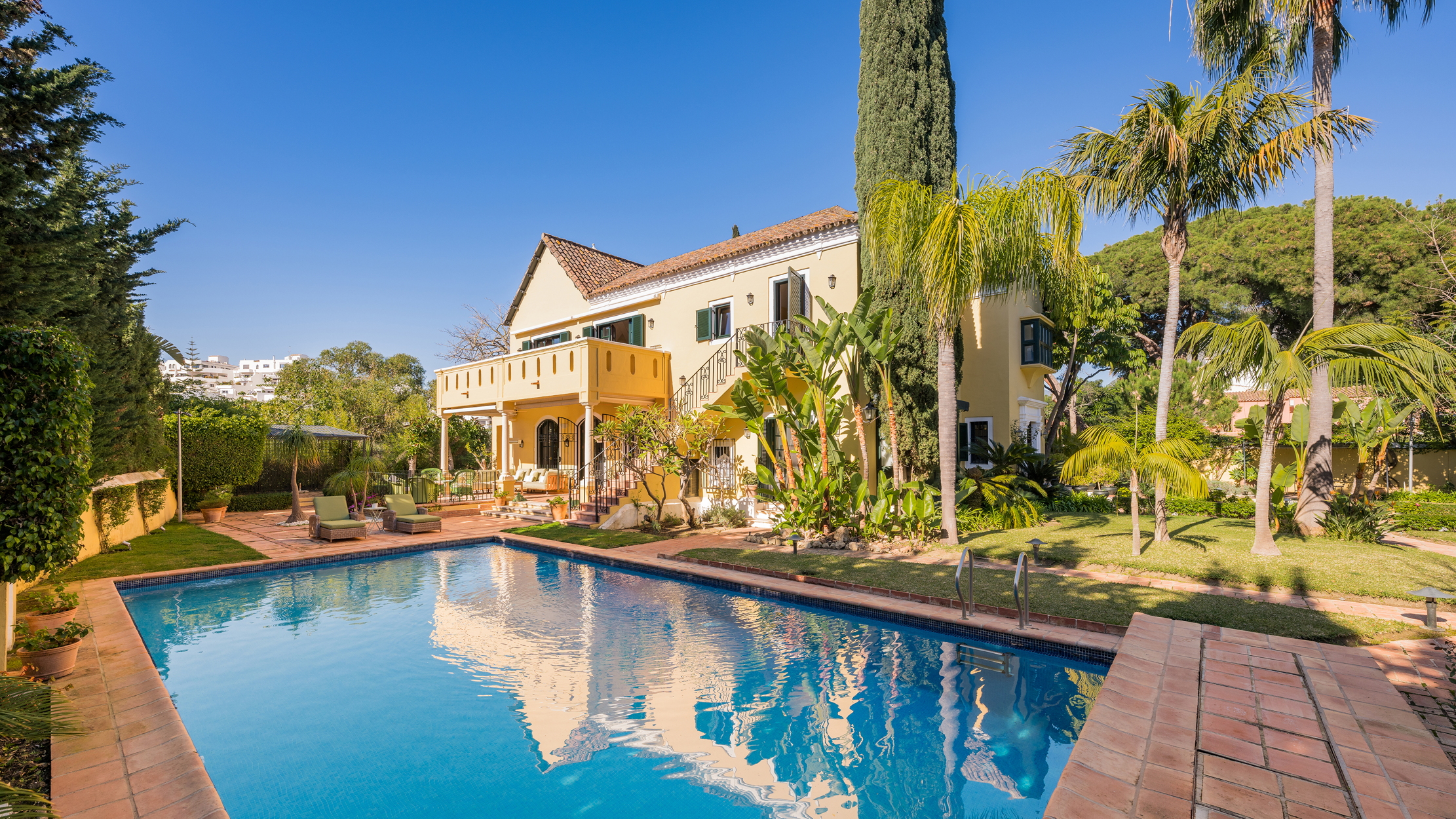 Damon Hill's former home in Marbella is the perfect place to slow down
Damon Hill's former home in Marbella is the perfect place to slow downThe glorious Andalusian-style villa is found within the Lomas de Marbella Club and just a short walk from the beach.
By James Fisher Published
-
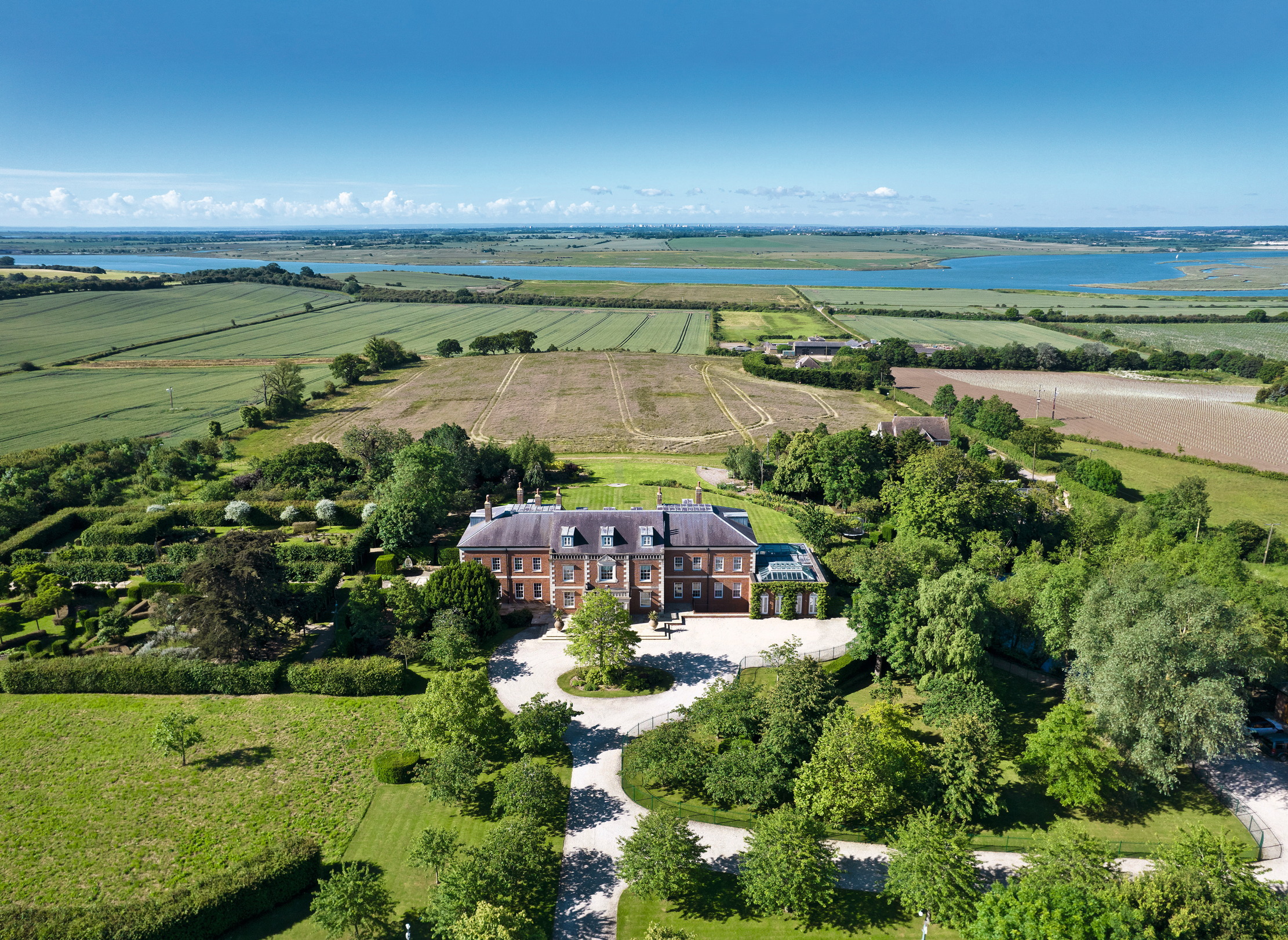 A 327-acre estate in the heart of 'England’s Côte d’Or', with a 26,000sq ft Georgian style home at its heart
A 327-acre estate in the heart of 'England’s Côte d’Or', with a 26,000sq ft Georgian style home at its heartStokes Hall in the Crouch Valley is an inspiring property looking for a new owner.
By Penny Churchill Published
-
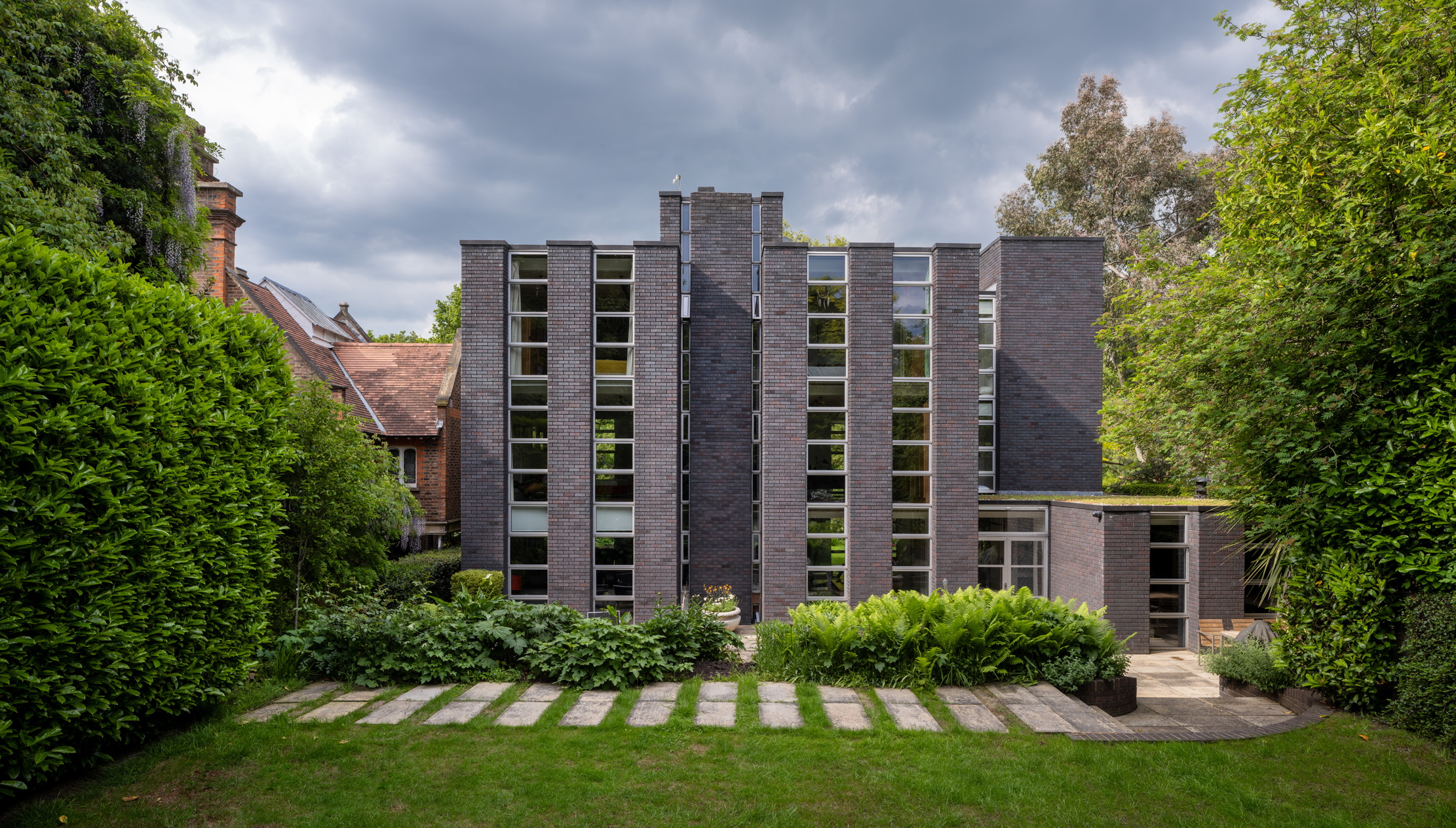 Schreiber House, 'the most significant London townhouse of the second half of the 20th century', is up for sale
Schreiber House, 'the most significant London townhouse of the second half of the 20th century', is up for saleThe five-bedroom Modernist masterpiece sits on the edge of Hampstead Heath.
By Lotte Brundle Published
-
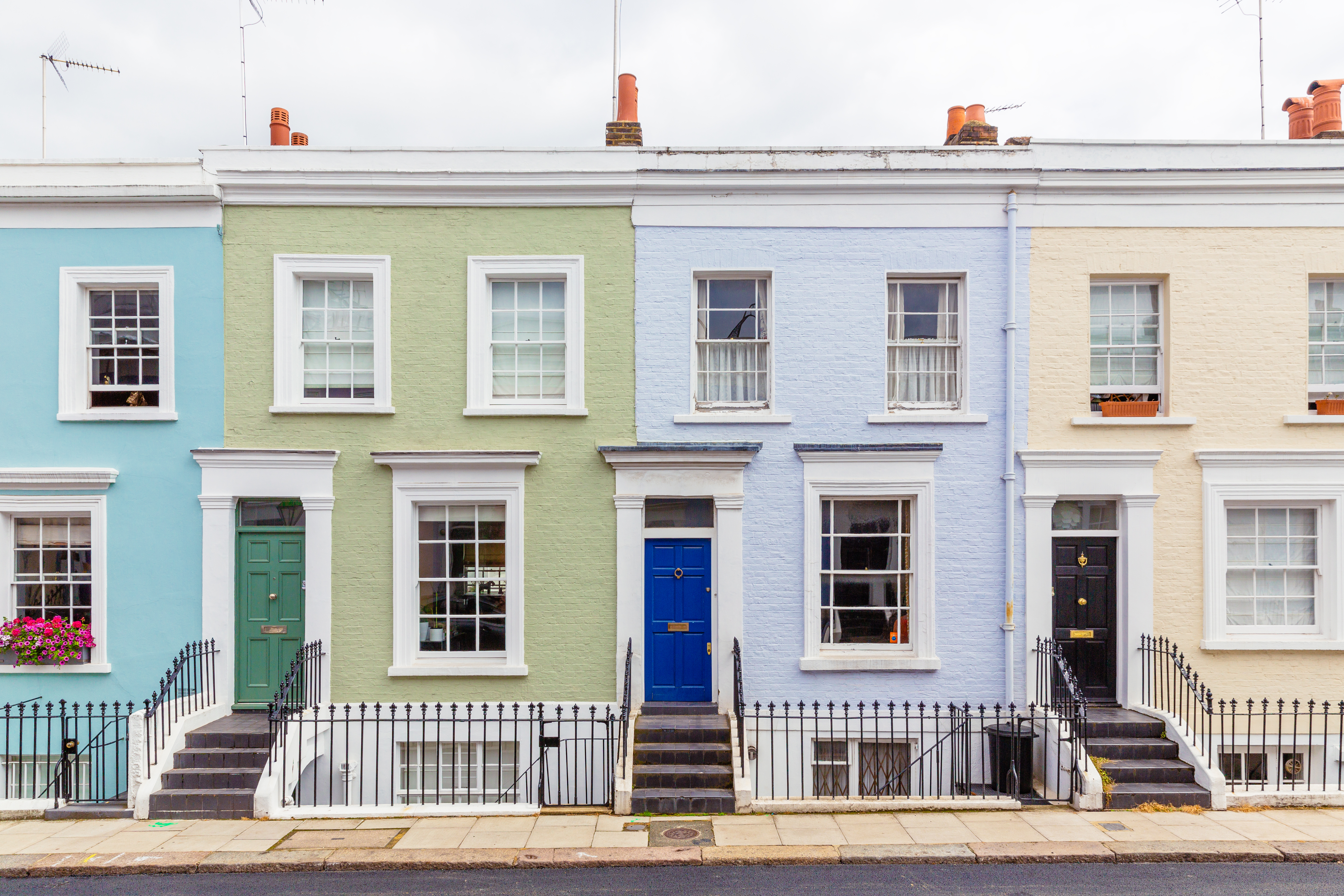 Is the 'race for space' officially over?
Is the 'race for space' officially over?During the lockdowns, many thought the countryside was the place to be. It seems many are now changing their minds.
By Annabel Dixon Last updated
